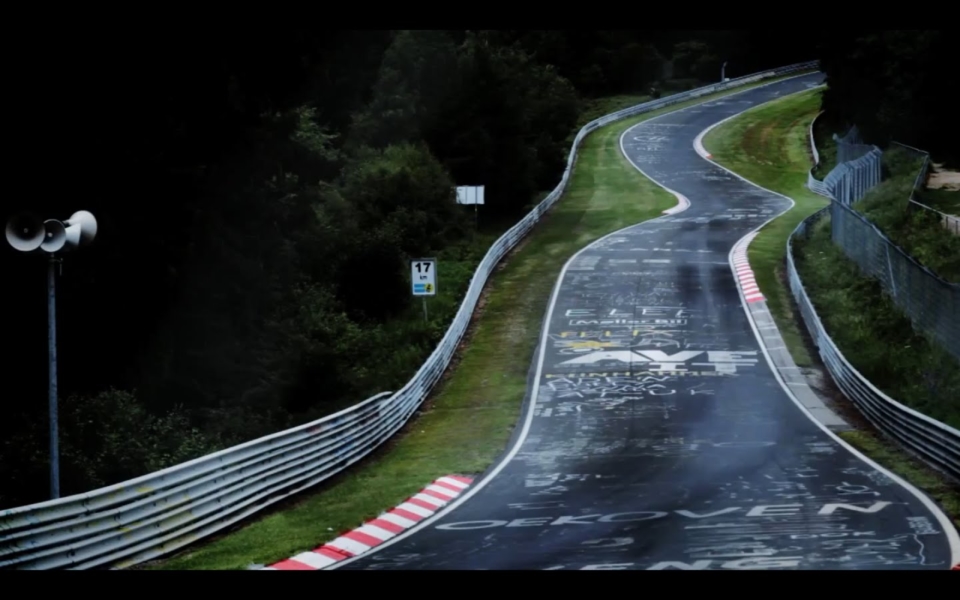Nestled safely in the picturesque Eifel Mountains, the Nürburgring is the ideal testing grounds for production cars. Anything that can withstand abuse at the Nürburgring can handle whatever the real world throws at it, which is why so many automakers strive to obtain a respectable time at the ‘Ring — that lap time serves to determine how it ranks in every area of performance a sports car needs to have.
That doesn’t mean it’s not a worthy racing track for bonafide racers. After all, the Nürburgring was designed first and foremost as a competition circuit for thoroughbred racing cars. In fact, Formula 1 raced at the Nürburgring — affectionately named “The Green Hell” by Jackie Stewart — until Niki Lauda’s fiery crash in 1976, when the circuit was officially deemed too dangerous for such speeds. Thus began a lean period in the track’s history, until German auto manufacturers began to realize the potential for tuning their high-performance production cars at the venue.
The unique character of the track makes it ideal for designers to test a multitude of situations in a repeatable fashion. Whereas shorter tracks can assist in developing the car, the typical billiard table-smooth surface of these tracks don’t reflect the variety of surface changes present in the real world. With 73 corners, 970 feet in elevation changes, the bumps and imperfections of a country road, little runoff, multiple types of asphalt, and odd sequences of fast and slow corners, the Nürburgring is the ideal test track for a car which will see real-world action. Those traits, along with a few others, caused by the unrivaled length and the surface impregnated by racing rubber make it truly unique in the world of motorsports. For that reason, every major manufacturer has, in the last twenty years, started sending their development teams to the famed track to get the utmost out of their newest machinery.
In this short documentary, in which the arduous testing procedures are shown in greater detail, nearly 500 laps are logged to determine the car’s long-distance capabilities; these laps equating to roughly 100,000 miles of real-world driving. This sort of testing is precisely what a new car or a new component must pass before being deemed valid for series production.
Perhaps the track’s status as a public road most of the year helps cement its ability to determine performance on any sinuous mountain pass. The 12.9-mile course is only closed during race meetings or official testing days, but any curious driver can test their mettle on the ‘Ring for roughly $33 a lap — though the costs of an incident can dig quite a bit deeper into the driver’s wallet (37:54). Not only is the driver liable for the damaged barrier, but the track’s downtime as well, which can run as much as $1,600 an hour. That makes it something quite special; Chief Executive Officer Ron Simons describes it as “the Wild West.”
It’s a risk auto manufacturers are willing to make, since the Nürburgring lap time is just as valuable a performance statistic as a 0-60 time or total horsepower. In fact, it’s more indicative of how a sports car will fare as it tests all performance criteria. It’s a major selling point with every major sports car on the market these days — one companies will fight tooth and nail for — and one statistic that can end an automotive argument in seconds.























